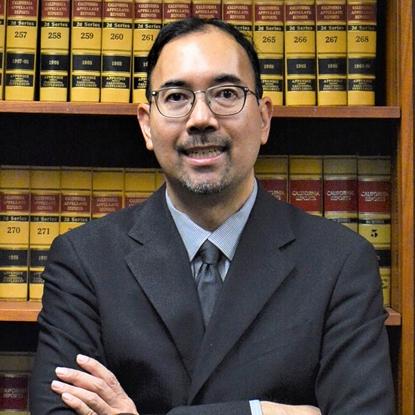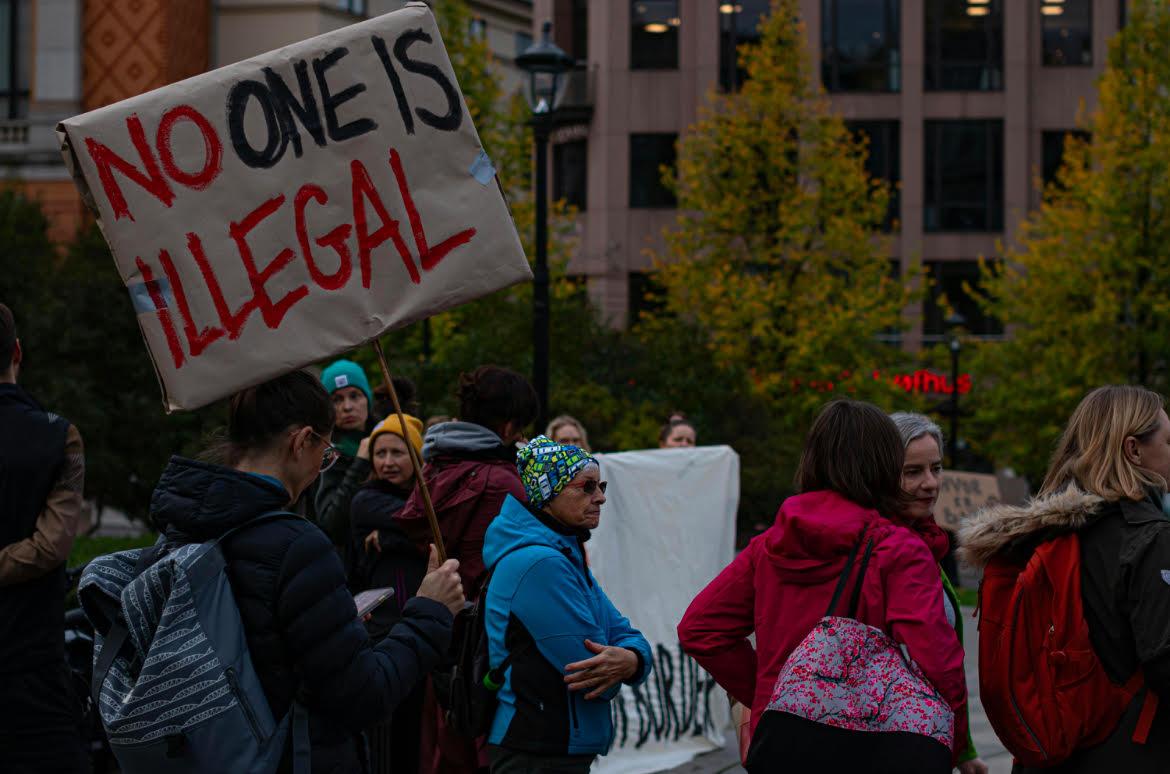In 1986, President Ronald Reagan signed the Immigration Reform and Control Act (IRCA), granting legal status to nearly 2.7 million undocumented immigrants—the largest legalization program in U.S. history.
It was billed as a grand compromise: a one-time amnesty in exchange for stronger border enforcement and employer sanctions.
In practice, enforcement lagged. Illegal hiring continued largely unchecked, and undocumented migration resumed—from Latin America, which remained the dominant region, but also increasingly from Asia and Africa.
More than three decades later, the political fallout from IRCA still defines the terms of the national debate.
Reagan’s policy legalized millions, many of whom went on to become U.S. citizens, homeowners, and tax-paying contributors.
But critics argue it failed to stem unauthorized immigration long-term—partly due to a lack of structural reforms and poor implementation of worksite enforcement.
POLICY SHIFT: FROM LEGALIZATION TO EXCLUSION
In the decades since IRCA, efforts to craft a lasting immigration compromise have repeatedly failed. Proposals to pair stronger border security with earned legalization have been introduced in nearly every Congress since 2001. But gridlock—and political fear—has paralyzed them.
The DREAM Act, first introduced in 2001 to offer legal status to undocumented youth, repeatedly fell short. DACA, implemented under President Obama, provided temporary protection—but no path to citizenship.
The bipartisan Gang of Eight immigration bill passed the Senate in 2013 but died in the House. President Biden’s 2021 U.S. Citizenship Act never advanced past committee.
Meanwhile, the undocumented population—currently estimated at over 10.5 million—has aged in place. Nearly two-thirds have lived in the U.S. for more than a decade.
Over four million live in mixed-status families. Many have U.S. citizen children, mortgages, jobs, and deep community ties.
THE NEW ERA OF ENFORCEMENT
Under President Trump’s renewed term, immigration enforcement has escalated significantly.
The Department of Homeland Security has expanded deportations, reinstated the controversial Remain in Mexico policy, and authorized ICE raids at schools, courthouses, and houses of worship.
Even previously protected populations—such as DACA recipients or longtime workers without criminal records—are now at risk of removal under expedited orders.
Deportation dockets are growing, detention centers are expanding, and legal aid resources are strained to the breaking point.
The administration has argued that these efforts restore the rule of law. But critics, including immigration attorneys, civil rights groups, and faith leaders, point out that the speed and scale of enforcement often come at the expense of due process, humanitarian discretion, and family unity.
A HISTORY TOO EASILY FORGOTTEN
And the United States has lived through the consequences of fear-based removals before.
During the Great Depression, amid economic despair and rising anti-immigrant sentiment, the U.S. government carried out what historians now recognize as the largest mass deportation in American history: the Mexican Repatriation of the 1930s.
Between 1929 and 1939, an estimated 1 to 2 million people of Mexican descent were forcibly removed or pressured to leave. As many as 60 percent were U.S. citizens by birth, including thousands of children.
Entire families were rounded up in parks, workplaces, and relief offices, then loaded onto buses, trucks, and railcars bound for Mexico—sometimes to towns they had never seen.
These removals, carried out in cities like Los Angeles, Detroit, and San Antonio, happened without hearings, legal counsel, or documentation.
Though framed as “voluntary,” they were coordinated efforts driven by racial scapegoating and economic fear. The trauma endured for generations. But the story disappeared from textbooks and was rarely taught in classrooms.
Today, with renewed mass deportation drives underway, the parallels are unsettling. Government-led removals of long-settled immigrant families—often without criminal records—risk repeating past injustices.
The lesson of history is clear: when enforcement overtakes fairness, the harm extends beyond borders. It strikes at the foundation of citizenship and civic trust.
WHAT THE AMERICAN PUBLIC BELIEVES
Contrary to polarized political rhetoric, polling shows that a majority of Americans support a balanced approach. According to a June 2025 Pew Research Center survey:
- 65% support a pathway to legal status for undocumented immigrants with clean records and work histories.
- 54% oppose large-scale ICE raids targeting families and workplaces.
- Over 60% support stronger border enforcement—but alongside humane legalization measures.
In short, the public wants immigration policies that are both firm and fair. The political class, however, has failed to deliver either.
A WAY FORWARD
Mass deportation is not only morally fraught—it’s also economically short-sighted. The Center for American Progress estimates that removing all undocumented immigrants would shrink GDP by nearly 6% and eliminate millions of jobs in agriculture, construction, and caregiving.
A legislative solution rooted in background checks, tax compliance, and long-term residency would not be a reward for illegal entry—it would be a recognition of lived contribution. It would restore order without mass upheaval. And it would affirm the American belief that redemption is possible.
This is not about forgetting the law—it’s about updating policy to meet reality.
Enforcement alone cannot resolve a decades-old system failure. What’s needed is leadership that can bridge principle with pragmatism.
THE TEST BEFORE US
Immigration has always tested America’s identity. Are we a fortress, or a republic rooted in fairness and second chances?
Reagan, a conservative icon, embraced the belief that those who live, work, and contribute here deserve a chance to belong. His 1986 amnesty was not perfect—but it was humane. And it was principled.
Today, the question is no longer whether to forgive. It is whether we are willing to lead.
A NATION DEFINED BY POLICY, PULLED BY PRINCIPLE
Over the years, amnesty has shifted from being a practical solution in immigration reform to one of the most politically charged issues in American life. Reagan’s IRCA blazed a path but failed to build lasting consensus.
Today, public opinion—more fractured but more grounded—reflects a country wary of immigration’s challenges, yet quietly grateful for its contributions.
The real challenge now is not whether we act—but how we choose to. Can we craft a policy that balances enforcement with fairness, legality with humanity?







